Do you know that sound is one of the most important tools of storytelling, yet often the least discussed? The visual dynamism of cinema has somehow overshadowed the significance of sound in films.
If we look at the history, we’ll find that there was an era of silent films, when the films were without dialogues. However, even then, it was the combination of visuals and sound design that helped filmmakers tell their stories and convey intended emotions. Consider Charlie Chaplin’s poignant scene in ‘City Lights,’ where he reunites with his lost girlfriend long after she regains her eyesight. We can’t even imagine the impact that scene had with mere visuals and without the melancholic soundtrack that enhances its emotional depth. So, it’s not that sound isn’t used enough; it’s simply not credited enough. Filmmakers who understand how to wield sound carry an extra arrow in their bow, it empowers their storytelling technique and enables them to create emotionally rich films.
We often hear applause for stunning visuals and breathtaking landscapes, but only recently have audiences begun to grasp the impact sound has on them and how it enriches their cinematic experience.
Filmmakers like Christopher Nolan, with films such as “Inception,” “Interstellar,” “Dunkirk,” and “Oppenheimer,” have often utilized sound as a leading storytelling tool, keeping visuals to a bare minimum. One of the best examples of this is the bomb explosion scene in ‘Oppenheimer.’
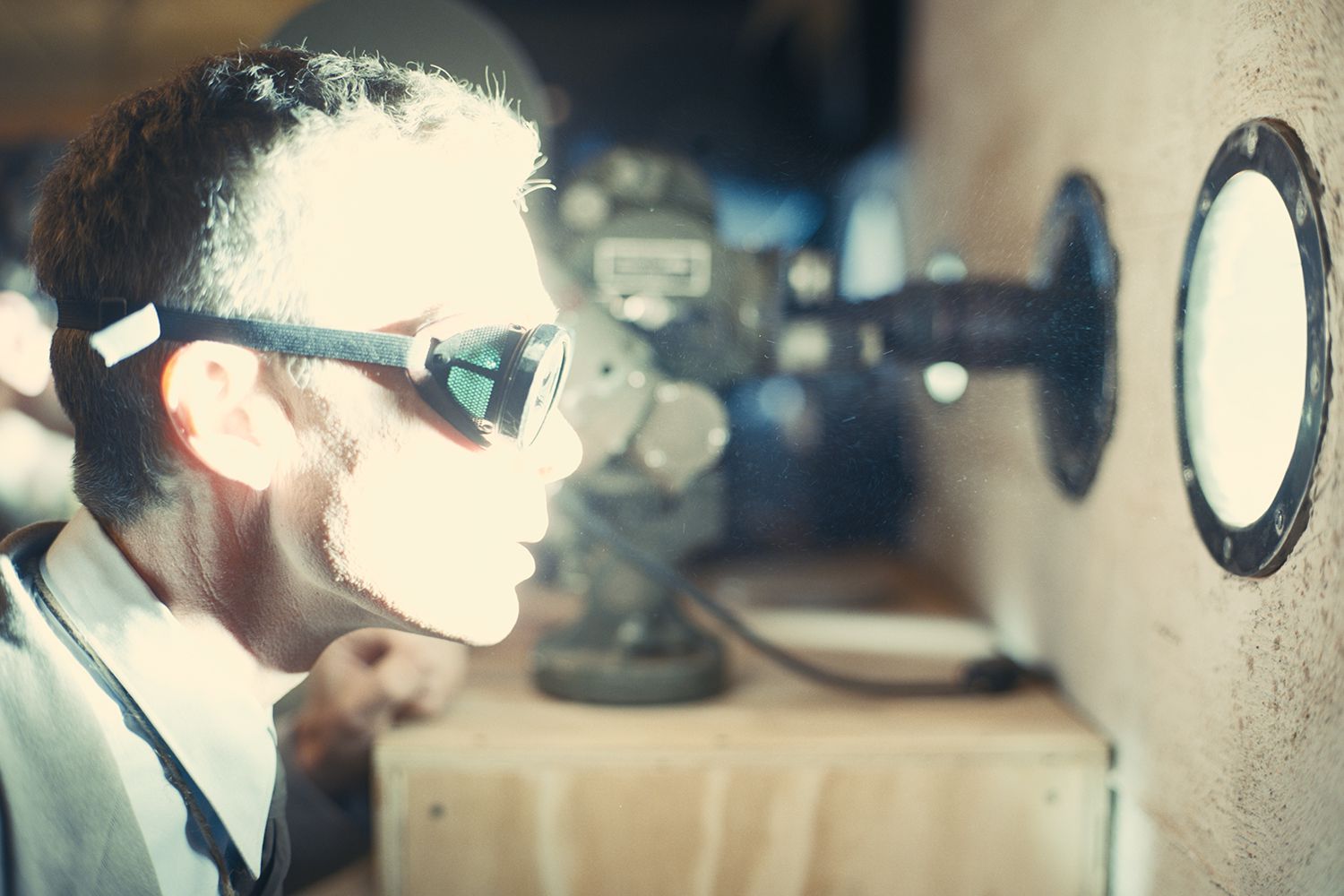
Here, we see Oppenheimer wearing protective glasses, witnessing the first-ever nuclear explosion test. The usual expectation for such a scene would be thunderous sound paired with glaring visuals. However, what we experience is deafening silence. The impact on the audience is profound; they enter a state of anticipation, holding their breath with mouths half open. After a long silence, suddenly, we hear the resounding sound. The timing is so unexpected that it takes the audience by surprise, pulling them deeper into the scene.
The most easily identifiable sounds in films are background scores. As viewers, our brains often capture the images while hearing becomes an unconscious process and we don’t realize how silence and sound is shaping our emotions. However, background music is just the tip of the iceberg; there are many variations of sound used in a film. Ambient sound, Foley sound, impact sound, crescendos, irregular notes, and even silence, if used thoughtfully, can elevate a film and enrich the viewer’s experience. So it is upto the filmmaker how skillfully he will make use of sound along with the visuals to convey the intended emotion of a scene.
Lets’ look at some example of films where filmmaker has utilized sound to their advantage.
James Bond theme
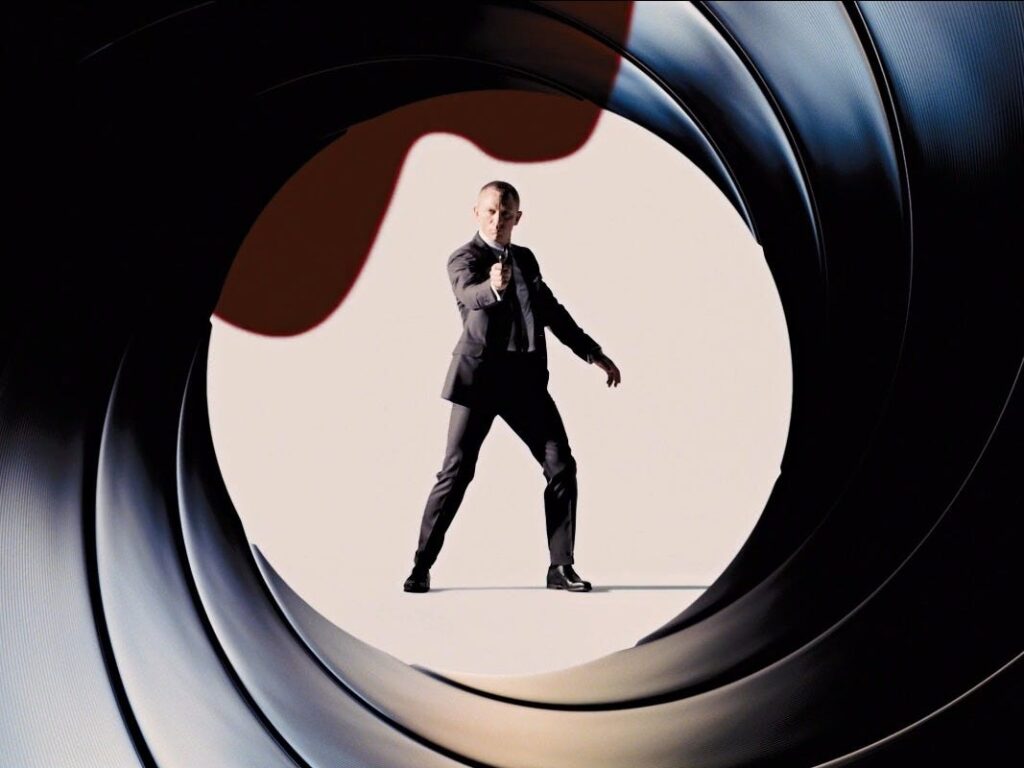
In James bond series, we often hear the recurring theme and it is enough to evoke certain emotions in the audience. Whenever Bond appears on screen and is about to perform a task or some actions, it often begins with the theme, preparing the audience for what comes next, immediately changing the mood of the audience to adventurous and stylistic.
Revelation of Mother in Psycho
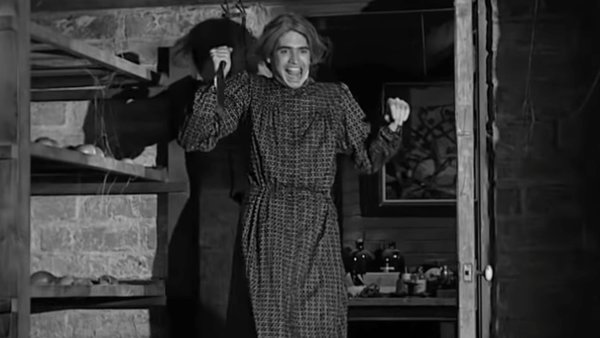
In Alfred Hitchcock’s “Psycho” when the mother’s face is revealed in the end, the music in this scene is characterized by sharp, staccato violin notes played in a high octave. These screeching, dissonant sounds create an atmosphere of panic and terror, mirroring the chaotic and violent nature of the scene.
Dream Chase Sequence in Inception
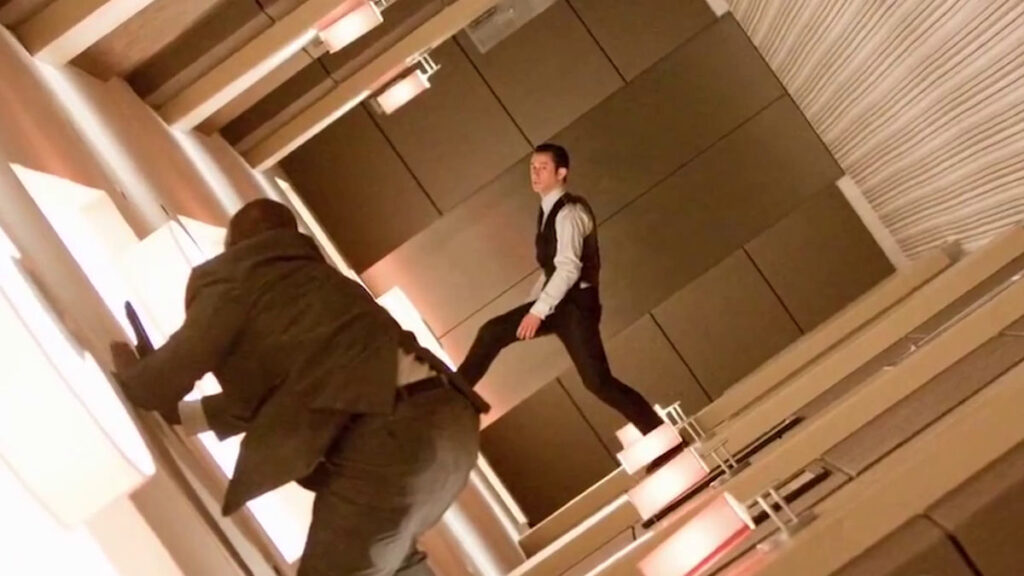
During an action sequence where the characters are engaged in a high-stakes chase through shifting dreamscapes, Zimmer’s score features irregular strings that mimic the unpredictable twists and turns of the dream. The strings produce jagged, fragmented melodies that ebb and flow in unpredictable patterns, reflecting the characters’ struggle to maintain control amidst the surreal and rapidly changing environment. As the intensity of the chase escalates, so too does the frenetic energy of the strings, creating a sense of tension and urgency that drives the scene forward.
The Sound of Silence
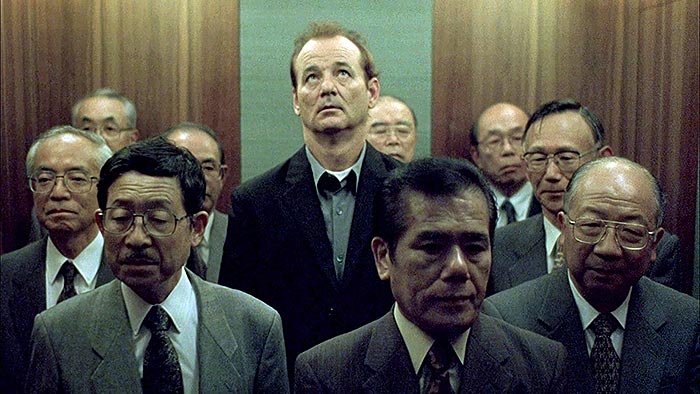
Absence of sound is as significant as sound in the context of films. In Sofia Coppola’s “Lost in Translation,” the absence of dialogue speaks volumes about the isolation and disconnect felt by the protagonists amidst the busy streets of Tokyo.
Footsteps in Jurassic Park
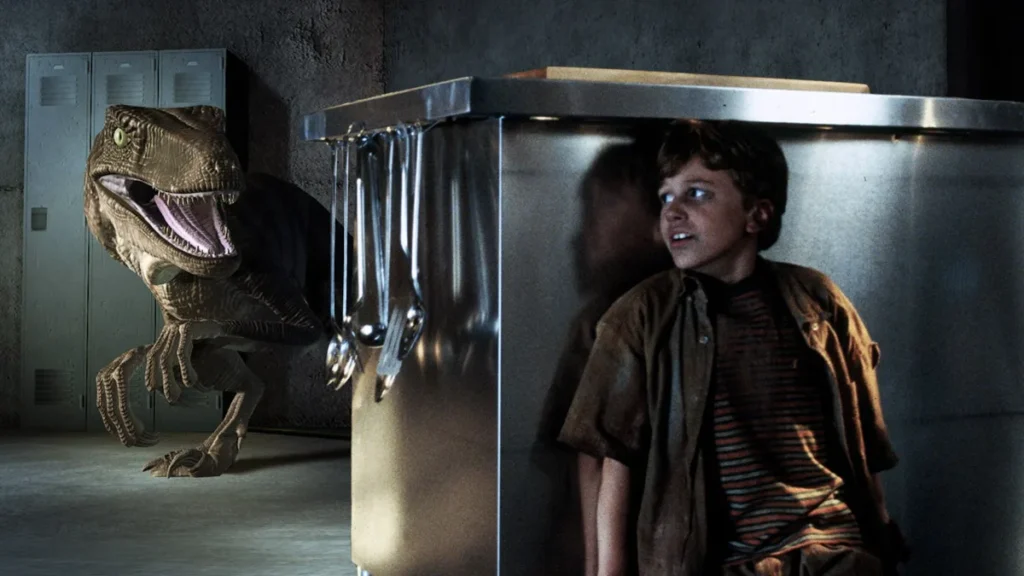
In the movie “Jurassic Park,” when the characters are hiding from the dinosaur in the kitchen, the sound of the raptors’ claws tapping on the tile floor adds to the suspense and fear experienced by both the characters and the audience. The subtle yet distinct sound of the footsteps amplifies the sense of danger and imminent threat, intensifying audience’s attention and drawing them emotionally into the scene.
The zone of Interest

The film begins with a title card accompanied by a background score. However, the title card disappears after a minute of runtime, and for the next 3 minutes, we are enveloped in the score, which helps set the mood of the film. “The Zone of Interest” revolves around a commander building an idyllic life for his family next to a concentration camp. Filmmaker Jonathon Glazer utilizes sound as an effective storytelling tool. In the movie, the audience doesn’t see images of violence but rather hears them through an unsettling score that the director frequently uses in scenes where he draws attention to the violence. It is one of the rare but significant examples of how sound leads the emotional narrative, while visuals serve to create a contrast.
The next time you watch a film, pay close attention to everything you hear and be conscious of what and how it makes you feel certain emotions.



